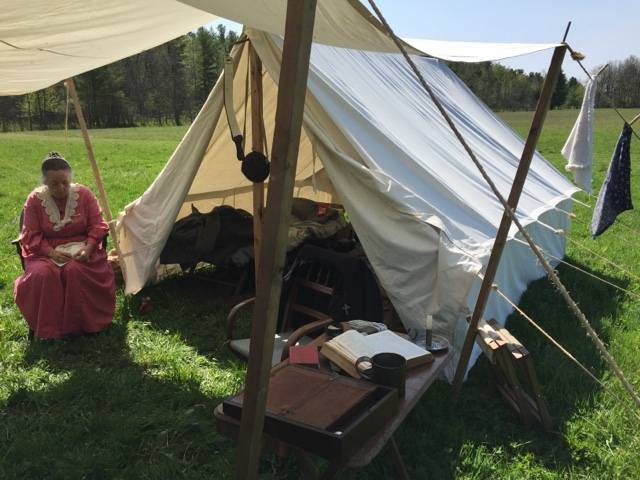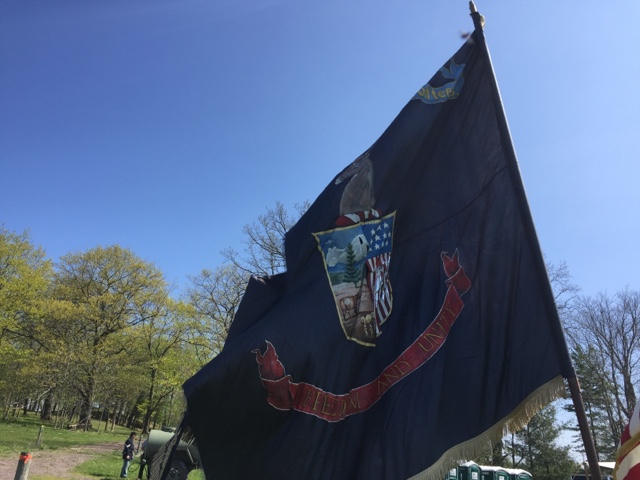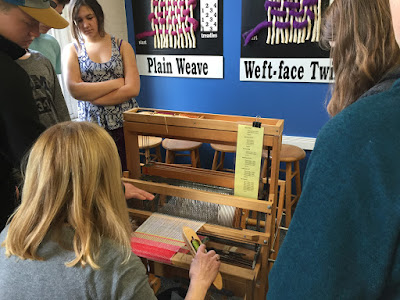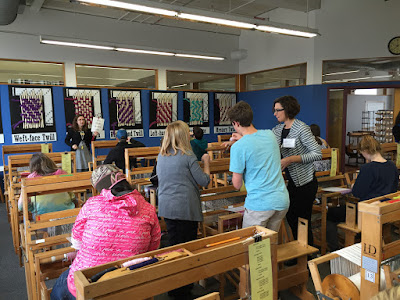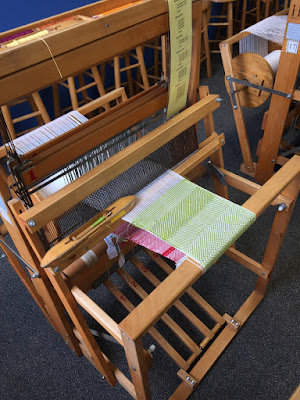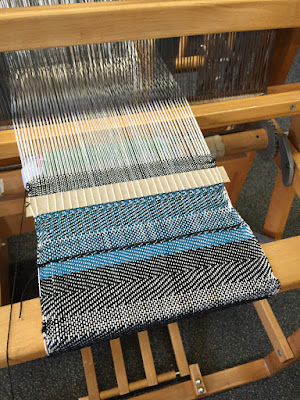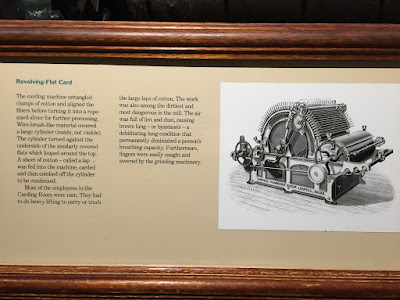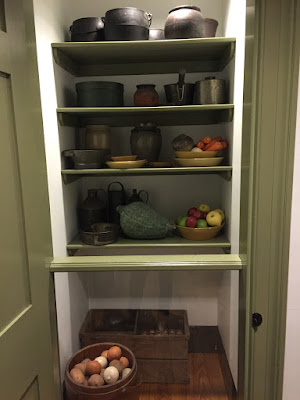Back in April, we went to visit the mills in Lowell, MA. Students got up extra early for a long bus ride down and a long bus ride back. Luckily, we had great weather and everyone did a great job at the museum!
Our bus dropped us off in what is now a park, but what used to be all boarding houses like the ones above.
The entrance to the mill museum is across the canal system.
Looking out over the canal.
Crossing the canal bridge to the entrance.
Making our way towards the classroom entrance to head up to the looms.
Up the stairs we go! No elevators for us--just like the mill workers.
The welcome sign at the top of the stairs.
Inside there are examples of old looms and lots of classroom spaces to learn about mill life. There can be several schools visiting in one day.
Inside the looming workshop, students learn about looms and how the looms in the mills were different from those on the farm. The looms the students used were for individual use, not the large industrial looms of the mills.
Our instructor demonstrates how to weave in a simple pattern, before showing students how to create all the different patterns, as shown on the wall in the photo below. Students were able to create a 'sampler' of different weaving styles.
This map shows were the slave states were in 1880. The invention of the cotton gin increased cotton production and the South's demand for slavery.
Students working their looms!
An example of the different patterns.
Cotton seed. Eli Whitney's cotton gin removed these seeds at a record rate, increasing cotton production, but also the South's demand for slavery.
Cotton!
The cotton engine, or cotton gin for short, above and below.
Students learned how the amount of people working on the mill floors changed as technology changed the equipment. As technology advanced, less workers were needed.
Student sampler.
Student sampler.
Student sampler.
Cross section drawing of a mill.
Walking through the mill floor on the way to the museum.
Even with only a few looms going, you can tell how loud it would have been to work on the floor.
The shuttle moves quickly across the loom, sometimes dangerous if not operated correctly.
Entering the museum.
Inside, there are explanations about equipment, models, actual equipment, and many primary sources detailing what life was like.
This is a model of a cross section of the mill, showing where the different operations took place. Some people were weaving, some carding, some spooling thread.
This is the carding machine, which was particularly dangerous, as noted in the insurance claims two photos below.
Examples of cloth made at mills like those in Lowell.
We also learned about the state of clothing manufacturing today, including investigating where our own clothing was made. The map below is highlighting where our clothing tags came from.
Then we went into the boarding houses, where we saw what typical meals were like...
...and typical bedrooms. This one slept 4!
Here is an example of a farm girl arriving at the mills...
...and a city girl once she had been working at the mills.
This is the boarding house kitchen.
This is the keeper's room. She managed the entire house: cleaning, baking, schedules, etc.
The pantry.
Group photo!
Finally, we went to the gift show to watch a short film on Lowell before perusing the shop items and then heading home.
Finger puppets, anyone?


